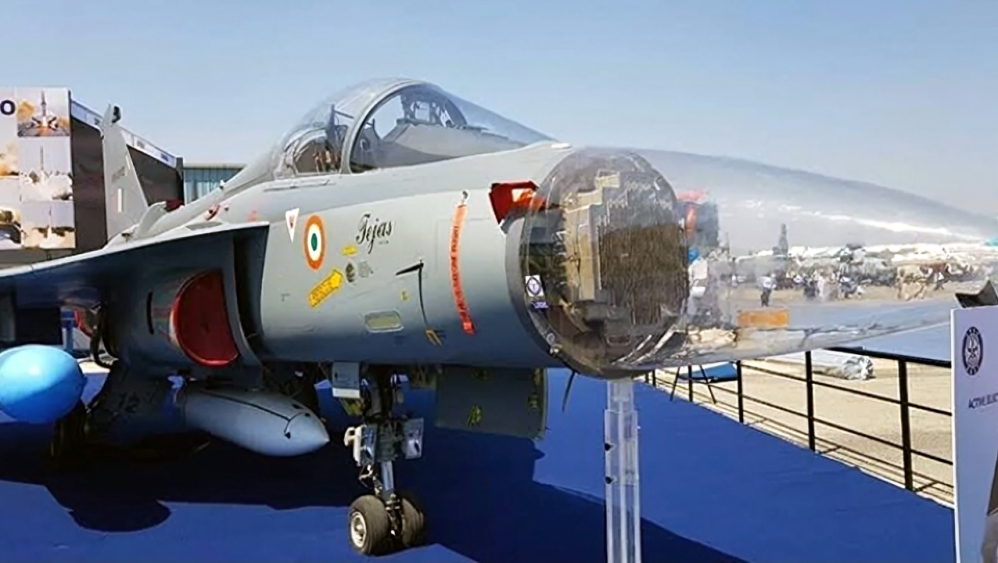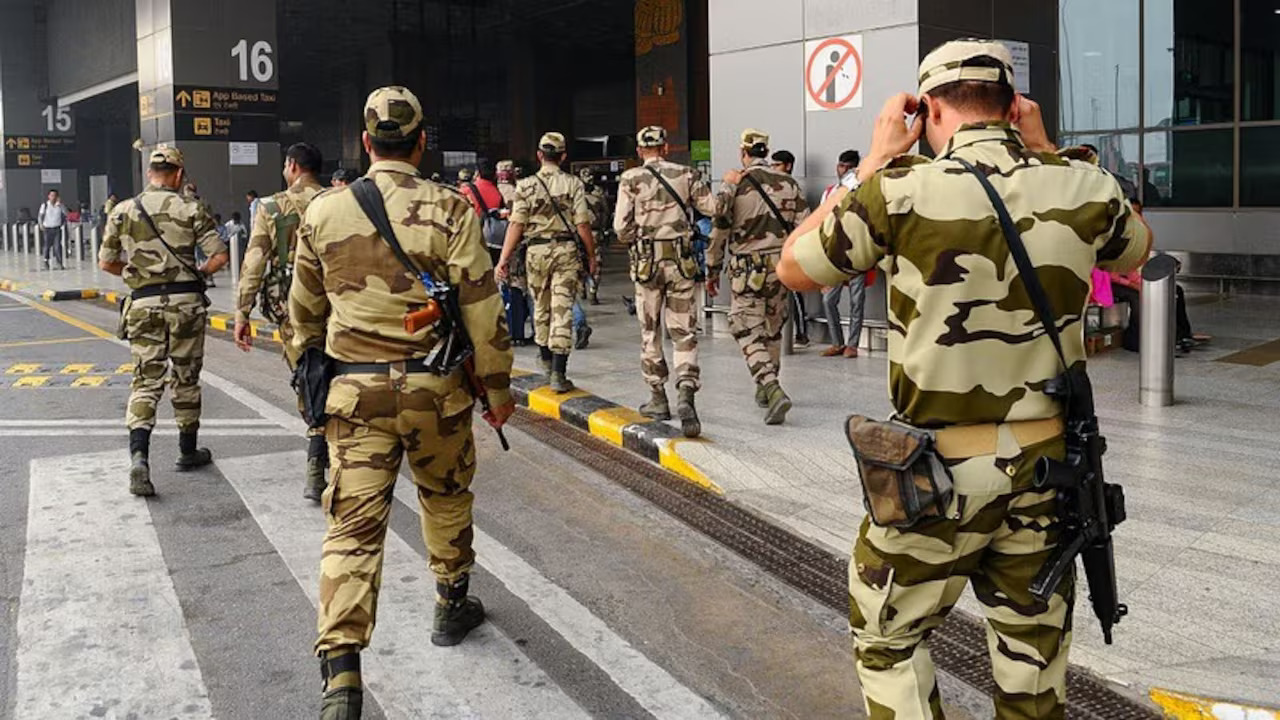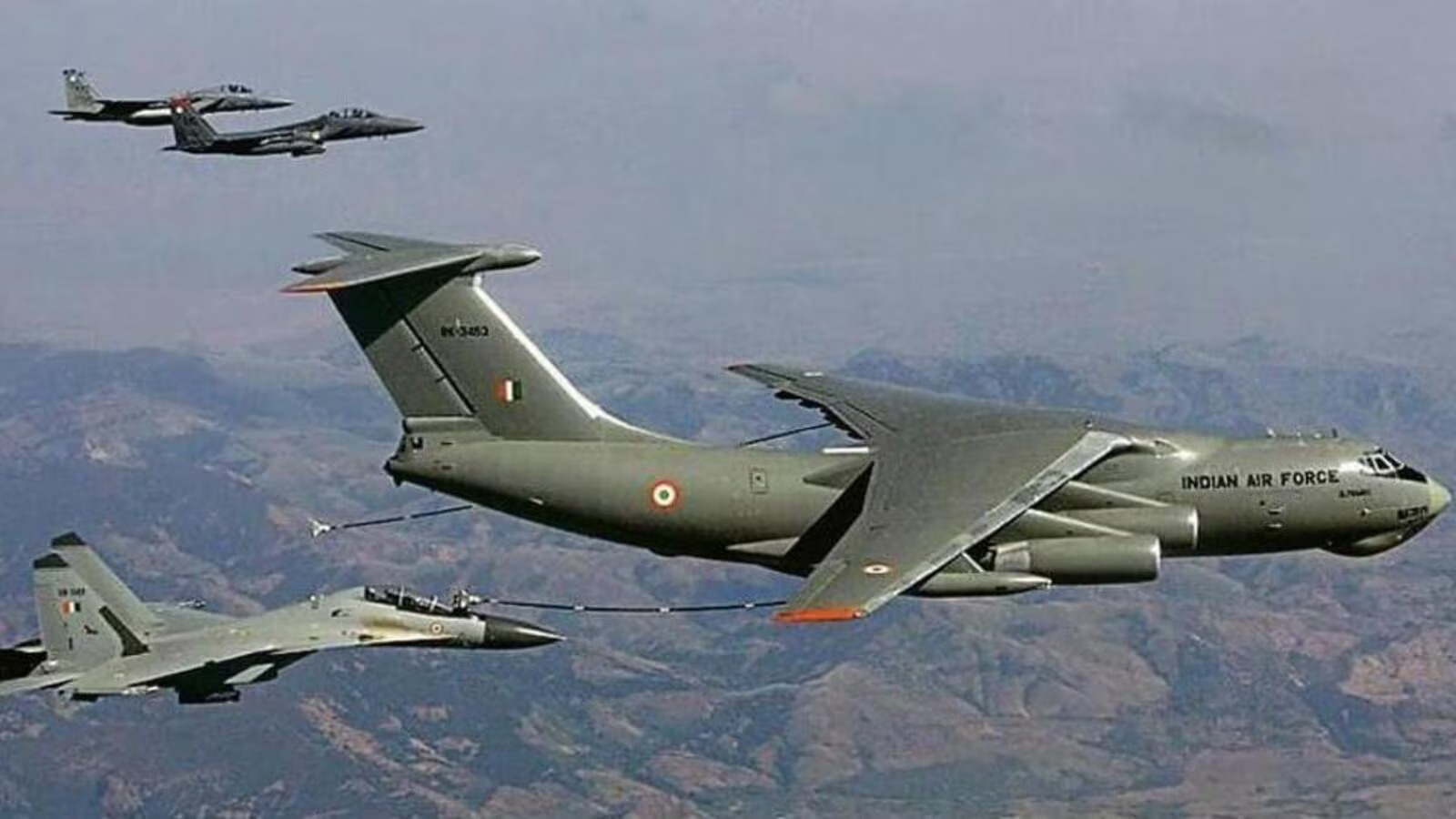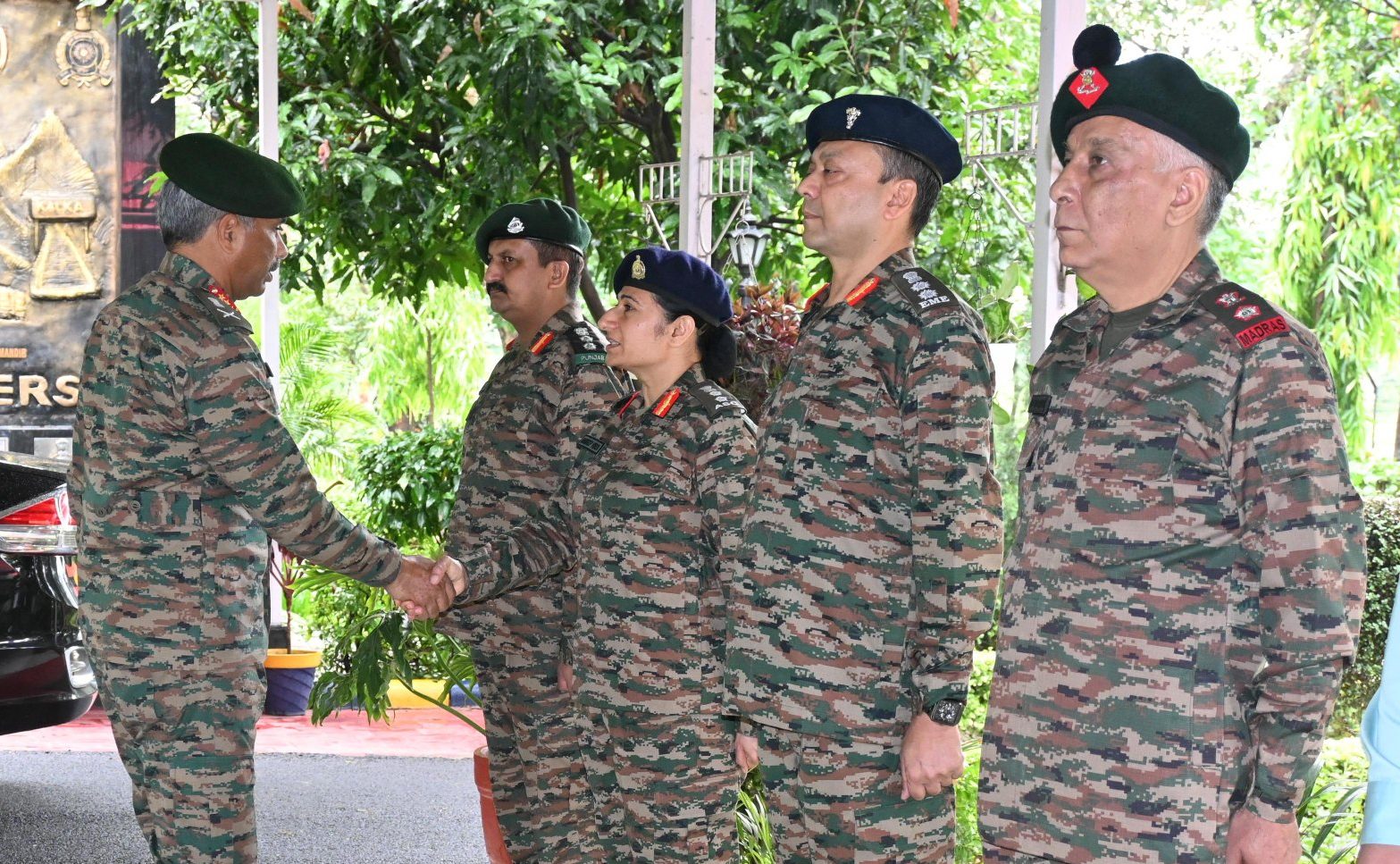DRDO Chief Confirms Uttam AESA Radar Integration from 41st Tejas Mk1A Jet
In a recent interview with Tarmak Media House and as reported by IDRW, Dr. Samir V. Kamat, Chairman of Defence…
Kalam Labs Sets Altitude Record with Lightweight Autonomous UAV in Himalayas
In a major boost to India’s aerospace innovation, Kalam Labs has successfully flown a fully autonomous unmanned aerial vehicle (UAV)…
Agra Airport Receives Threat Email, Security Heightened
Security measures at Agra airport have been intensified following the receipt of a threat email, officials confirmed on Monday. The…
Air Force Advances Bid to Acquire Six Mid-Air Refuellers After Years of Delays
The Indian Air Force (IAF) is progressing steadily in its efforts to procure six new mid-air refuellers, a long-pending acquisition…
QUAD Launches First ‘At Sea Observer Mission’ to Strengthen Indo-Pacific Maritime Ties
In a landmark move to boost maritime cooperation and regional security, the Coast Guards of India, Japan, the United States,…
Western Army Commander Reviews Readiness at Kalka Military Station
Lieutenant General Manoj Kumar Katiyar, PVSM, AVSM, General Officer Commanding-in-Chief of the Indian Army’s Western Command, conducted a detailed review…






